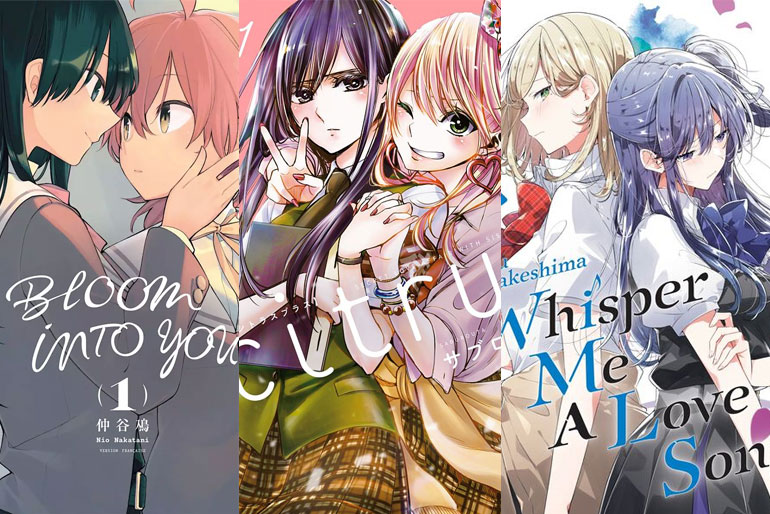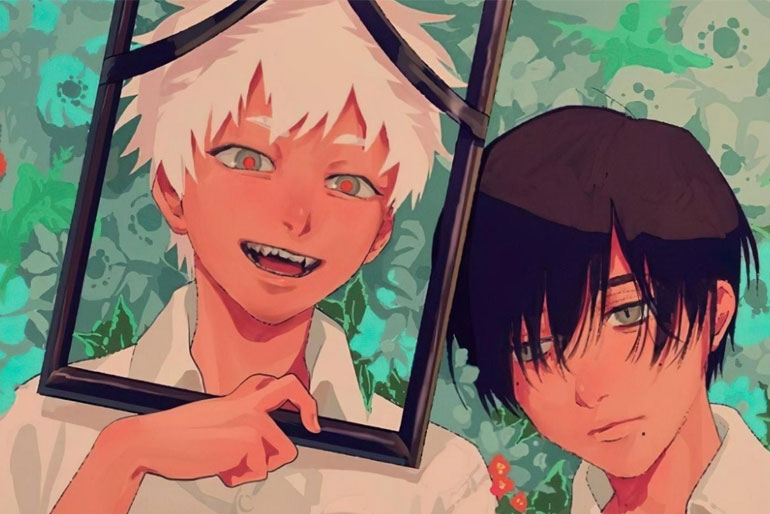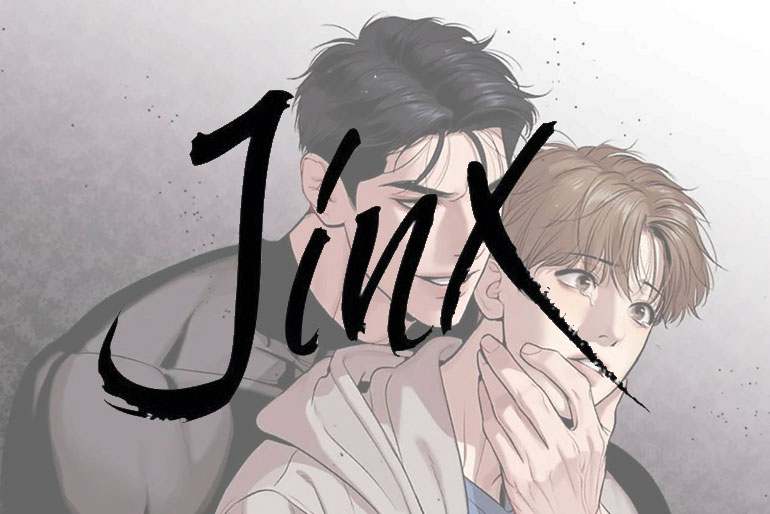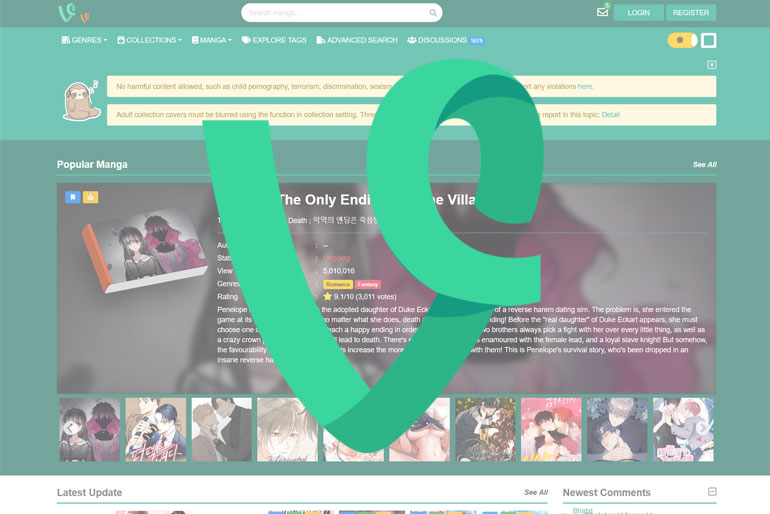Yuri (百合, literally “lily”) is an umbrella term for Japanese comics, anime, and related media that explore intimate bonds between women—ranging from quiet emotional connections to openly romantic or sexual relationships. In Japan, publishers and fans also call the category “Girls’ Love” (GL). Unlike the Western label “lesbian comics,” yuri focuses less on real‑world identity politics and more on the feelings, conflicts, and joys shared by its heroines.
A Brief Stroll Through History
Class S roots: Early‑twentieth‑century “Class S” literature by authors like Nobuko Yoshiya romanticised intense schoolgirl friendships. These melodramas gave later manga creators a narrative template.
The Year 24 Group: In the 1970s, star shōjo artists such as Ryoko Yamagishi and Riyoko Ikeda slipped female–female desire into mainstream magazines, though only a handful of works appeared and most ended in tragedy—an era scholars now call the “dark age” of yuri.
Magazine revolution: Everything changed in 2003 when Yuri Shimai launched as the first magazine devoted entirely to Girls’ Love. Its successor Comic Yuri Hime arrived in 2005 and has run ever since, nurturing a dedicated fan culture and cementing yuri as a discrete publishing category.
2010s diversification: School romances remain popular, yet the 2010s brought adult‑life dramas, isekai fantasies, and even sci‑fi pilots. Series like Kase‑san, Citrus, Bloom Into You, and Whisper Me a Love Song illustrate this new variety.
Core Themes & Tropes
| Theme | Why It Resonates |
|---|---|
| First love & self‑discovery | Readers relive the butterflies of adolescence while watching characters learn who they are. |
| Found family | Many heroines rely on friends, bands, or cafés when biological relatives fall short. |
| Everyday intimacy | Quiet scenes—sharing bentō, brushing hair—convey tenderness without explicit content. |
| Against the odds | Social pressure, distance, or class differences test relationships, adding drama without villainising queerness. |
Why Readers Fall for Yuri
Representation with warmth: Female‑centered romance free of the male gaze offers comfort to queer and straight audiences alike.
Emotional nuance: Instead of grand shōnen battles, yuri hinges on small gestures, unspoken feelings, and slice‑of‑life authenticity.
Variety: From fluffy comedies to gothic tragedy, the label describes tone, not genre—so anyone can find a story that fits.
Classic Gateway Titles
- Cardcaptor Sakura – Magical adventure whose gentle subtext influenced an entire generation.
- Revolutionary Girl Utena – Surreal duel series that interrogates gender roles.
- Maria‑sama ga Miteru – Elite‑school drama famed for its intricate senpai‑kōhai bonds.
- Strawberry Marshmallow – Light‑hearted slice of life with subtle crushes.
- Sailor Moon – Haruka and Michiru’s partnership remains iconic decades later.
Modern Must‑Reads (2015‑2025)
| Title | Author | Vibe |
|---|---|---|
| Bloom Into You | Nio Nakatani | Thoughtful coming‑of‑age about learning to feel love |
| Citrus / Citrus + | Saburouta | Step‑sister rivals grow into lovers; high drama, high fashion |
| Kase‑san & Yamada | Hiromi Takashima | Sunshine‑filled college romance that starts after confession |
| Whisper Me a Love Song | Eku Takeshima | Music club cuteness with mutual crush perspectives |
| Assorted Entanglements | Mikanuji | Adult women juggle work, relationships, and family expectations |
Hot Off the Press: 2024 Release Highlights
Publishers continue to broaden the catalogue. October 2024 alone brings volumes of I’m in Love with the Villainess: She’s so Cheeky for a Commoner, Does It Count if You Lose Your Virginity to an Android?, and When the Villainess Seduces the Main Heroine, plus new installments of Assorted Entanglements and Miss Kobayashi’s Dragon Maid: Kanna’s Daily Life.
Reading Legally in English
- Seven Seas Entertainment and Yen Press hold the lion’s share of print licences.
- Digital‑first platforms like BookWalker, Kindle, and Azuki let you buy chapters the day they drop in Japan.
- Anthology magazines (Comic Yuri Hime Digital, Yuri Tsubomi, etc.) offer subscription models for direct support of creators.
The Business Outlook
Analysts peg the global manga market at roughly USD 15.6 billion in 2024, with niche genres—Girls’ Love included—driving part of an expected 18.7 % compound annual growth through 2030 thanks to digital distribution and cross‑media adaptations.
Tips for First‑Time Readers
- Sample short works first. One‑shots like Takako Shimura’s Sweet Blue Flowers extras introduce tone without a multi‑volume commitment.
- Mind the demographic label. Seinen yuri (aimed at men) may emphasise fan‑service, while shōjo or josei yuri leans into feelings—choose what suits you.
- Support officially. Buying or subscribing encourages publishers to license more diverse stories.
- Join communities. Forums and Discord servers tagged “GL” or “yuri” host chill recommendations lists and spoiler‑free chats.
What’s Next for Yuri?
Reddit buzz suggests 2025 will deliver new anime adaptations for series like Nanoha, further boosting back‑volume sales, while print magazines continue pivoting to simultaneous digital releases to catch overseas hype instantly. Expect broader age representation, more genre hybrids, and increasing mainstream visibility at conventions worldwide.
Final Thoughts
Whether you’re after tender first crushes, complex adult relationships, or fantasy adventures where heroines save the day—and each other—yuri manga offers a spectrum of stories rich in heart and authenticity. Dive in, and you may just discover a favourite series that feels as comforting as a warm cup of tea shared between friends.





